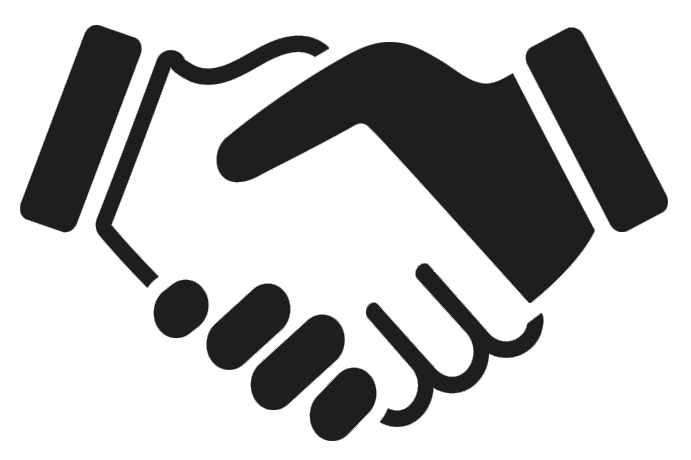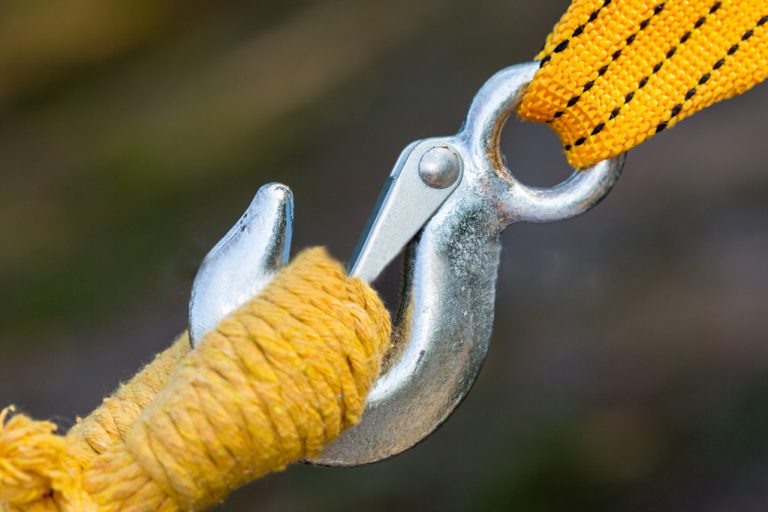Using the right rigging equipment for shifting and moving loads is very important. What’s more, rigging hardware plays an equally significant role here. Whether rigging services are offered for excavating, mining, or logging purposes, rigging hardware ensure that the entire process gets completed in a secured and flawless manner.
Rigging operations require different sets of tools with varying functions. Knowing what they are and how they function is crucial in ensuring a safe lifting process.
Here are 3 common types of rigging equipment, pls see below:
A rigging hook or shackle connects chains, ropes, slings, and other rigging equipment during the moving process, most are equipped with chains or wire rope or cable. Having a secure hold on heavy loads prevents them from slipping while suspended in the air.
This tool acts as an anchor point and loops cables in rigging applications. It comes in various sizes and materials that you can choose from depending on their needs. Listed below are the common types of eye bolts: DIN580 Eye Bolt, DIN582 Eye Nut, JIS1168 Eye Bolt, JIS1169 Eye Nut, G275 Eye Bolt, G277 Eye Bolt, G291 Eye Bolt, G279 Eye Bolt, G400 Eye Nut.
This tool adjusts the length or tension on a cable, chain, rope, and other tensioned rigging equipment. It has two threaded eye bolts, with one attached to the ends of a small metal frame. Moreover, it comes in two types: a stretching screw and a bottle screw.
No matter which accessory or hardware you are about to use for rigging purposes, exercise great caution. Most importantly, keep inspecting and maintaining the rigging hardware on timely basis because infrequent maintenance often leads to damage which further can cause dangerous accidents. Always follow Sail Rigging’s guidelines when it comes to using rigging hardware.





